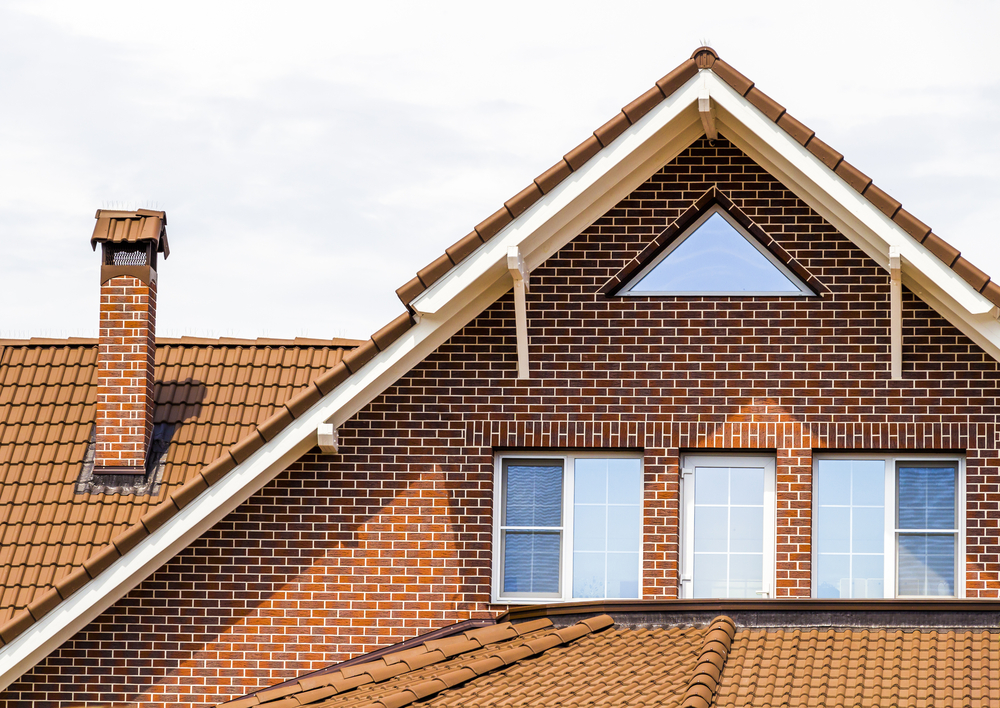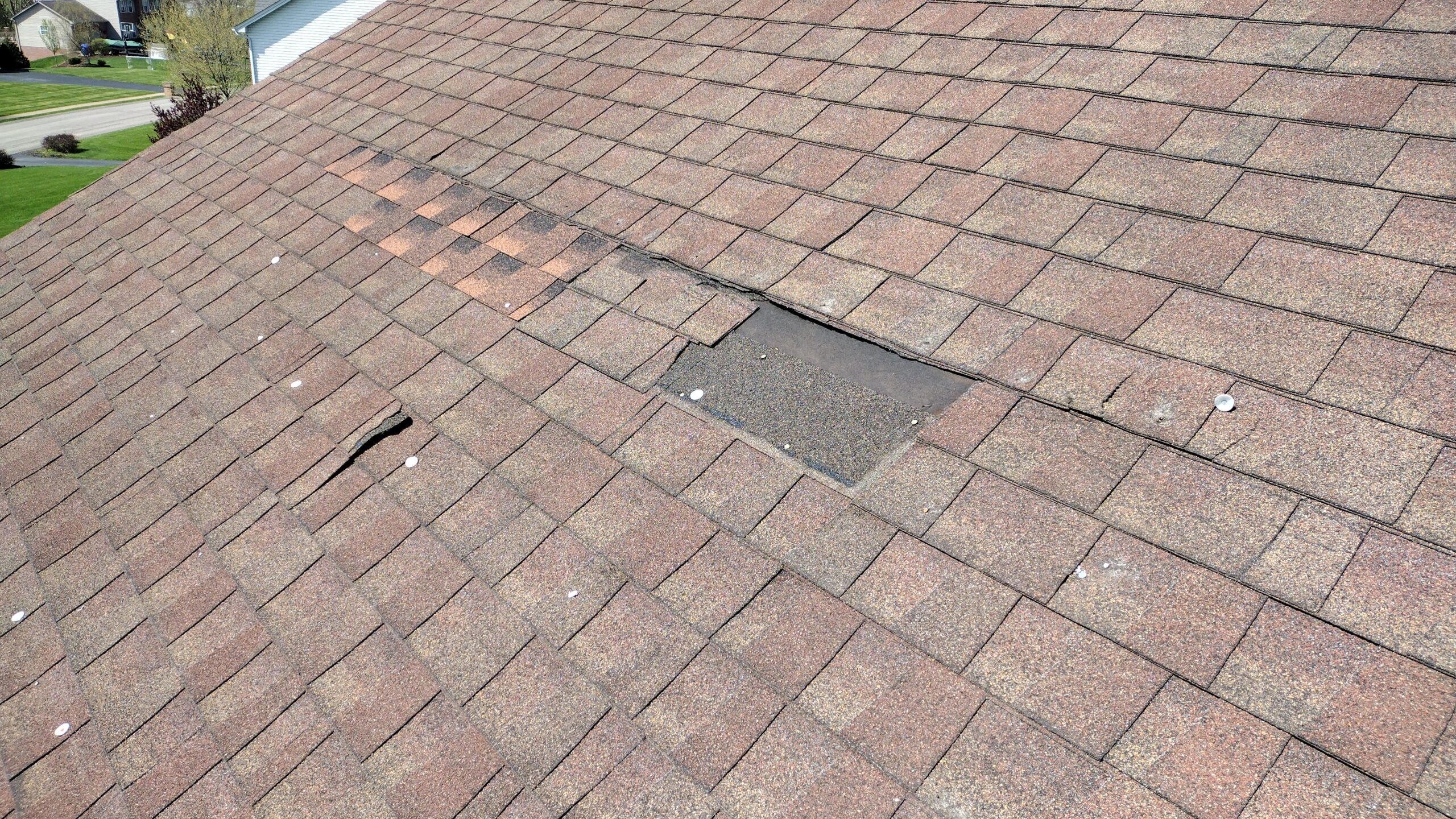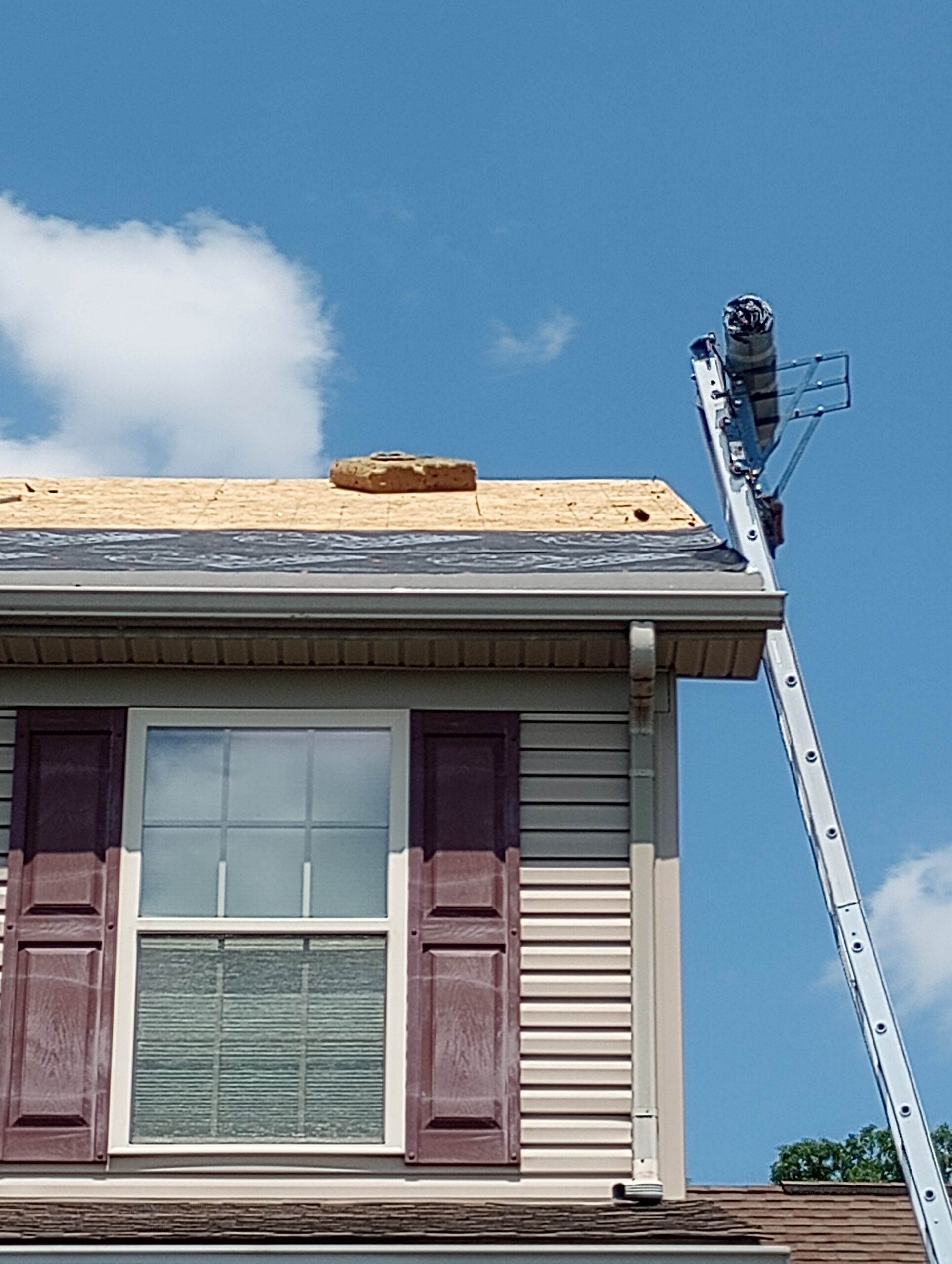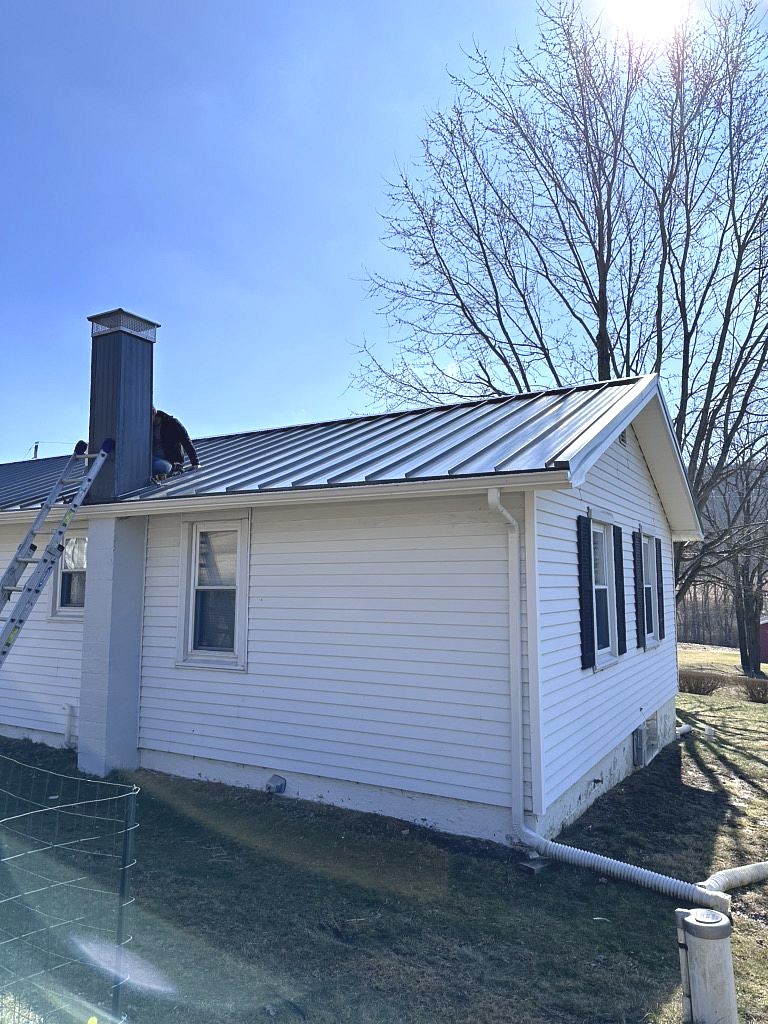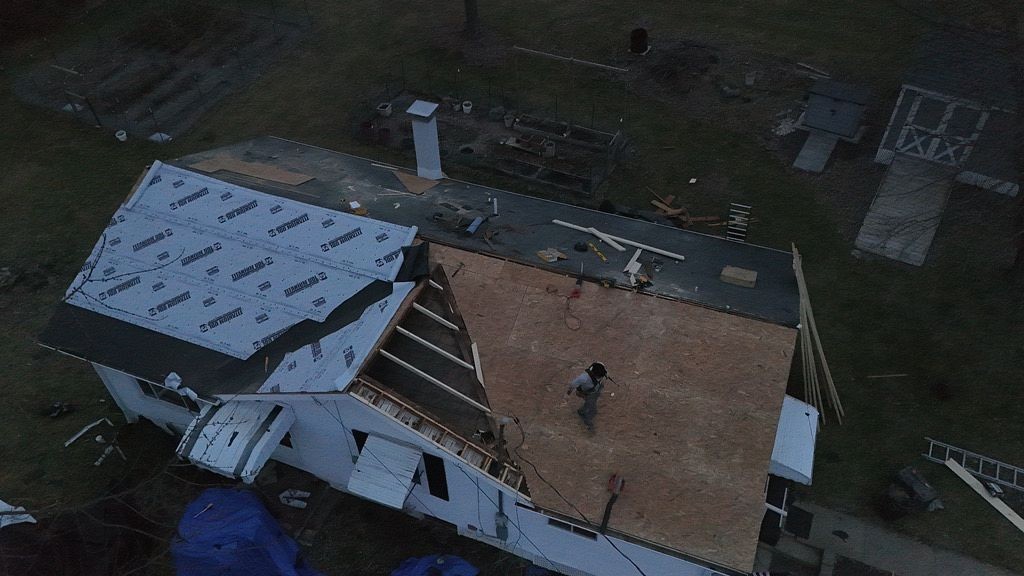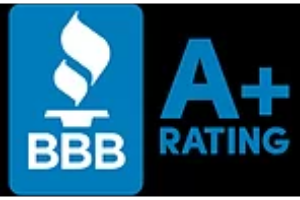Roofing emergencies can be stressful and overwhelming. It is important to address them quickly, safely, and efficiently in order to prevent further damage from occurring that can lead to more costly repairs.
This article takes an in-depth look at roofing emergencies and provides useful information on how to handle them properly. From identifying the cause of a roof emergency to understanding the best methods for making temporary repairs, readers will gain knowledge about the steps needed to respond appropriately when faced with a roofing emergency.
With this comprehensive guide, homeowners are better equipped with the skills necessary to protect their home and ensure it remains free of any long term damage caused by unexpected weather conditions or other unforeseen circumstances.
Identifying The Cause Of A Roofing Emergency
In order to handle a roofing emergency quickly and safely, it is essential to understand the cause of the situation.
Roofing emergencies often occur when warning signs have been overlooked or ignored. It is important for homeowners to be familiar with common warning signs that indicate potential issues such as missing shingles, water stains on ceilings, leaks around chimneys and vents, and cracked or curled shingle edges.
Planning ahead can help prevent future problems by having regular inspections done to identify any existing damage so repairs can be made before an emergency occurs. Homeowners should also make sure their roofs are regularly cleaned in order to remove debris like leaves and twigs which may impair drainage systems.
By reading warning signs and planning ahead, homeowners can take proactive steps toward avoiding roofing emergencies.
It is also advisable for homeowners to research local roofers prior to experiencing an emergency since this could save time if a repair needs to be completed immediately. Many companies offer emergency services 24/7 but understanding what each company offers beforehand ensures that the homeowner has access to reliable and professional service providers who will best meet their needs during a crisis situation.
Therefore, researching available options in advance allows homeowner more control over how they manage a roofing emergency.
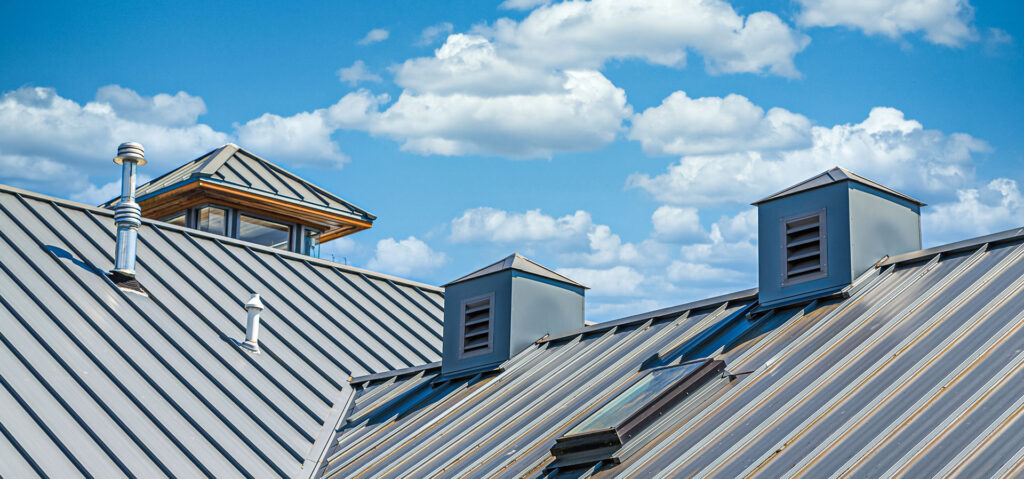
Understanding The Types Of Emergencies
Understanding the types of emergencies related to roofing is an essential step in knowing how to handle them safely and quickly.
Roofing issues range from minor leaks caused by weatherproofing wear-and-tear, to major structural damage due to severe wind or hail storms.
In either case, it is important for homeowners or business owners alike to be prepared with all the necessary emergency kits that enable quick action when a problem arises.
This includes items such as tarps, caulking compounds, sealants, shingles, nails, hammers and ladders; depending on the severity of the incident at hand.
It is also beneficial if one has some knowledge about basic roof repairs like fixing small holes or cleaning out gutters filled with debris.
Having this information can help identify potential problems before they occur and possibly prevent more serious incidents down the road.
Additionally, being aware of any local codes and regulations regarding roof maintenance may come in handy during certain situations where legal matters are involved.
All together these steps will ensure that you are well equipped should a roofing emergency arise so that you can take care of it right away without worry or further damages.
Assessing Potential Damage
When assessing potential damage due to a roofing emergency, it is important to consider the current weatherproofing of your home as well as any insurance coverage you may have. Making sure that all areas of your home are well-protected against further damage should be prioritized.
If possible, check for missing shingles or granules in order to determine if they need replacing and inspect flashing around vents and chimneys. It is also necessary to have an understanding of what type of wind resistance ratings are appropriate for your area and take into account things like proper drainage systems.
If there is significant damage caused by a storm, it is highly recommended that you contact your insurance company first before attempting any repairs yourself in case some costs could be covered under your policy. Additionally, having a professional assess the damages can help prevent long-term issues from developing later on down the road.
As such, when dealing with a roofing emergency, taking quick action after properly evaluating the situation will bring about peace of mind and safety knowing that you have done everything within your power to protect both yourself and your property.
Knowing When To Call A Professional
It is important to be able to recognize when a roofing emergency requires professional assistance.
Determining the severity of an issue can help decide if immediate action should take place or not.
It is advised that safety protocols are followed, such as checking for any power lines near the affected area, and removing any debris from the vicinity.
If there is substantial water damage, it is essential to reach out to professionals as soon as possible in order to avoid further destruction.
In addition, if there are large holes on the roof due to heavy winds or hail, these need to be repaired by experts who have experience working with roofs at varying heights and angles.
Taking care of repairs correctly helps protect against structural damage and harm caused by weather conditions.
Therefore, having access to experienced contractors can make all the difference when dealing with serious issues which require urgent attention.
Making Temporary Repairs
In times of emergency, making temporary repairs is often a necessary step to protecting the property and its inhabitants. However, these repairs must be done in a safe manner that will not cause further damage and can stand up against the elements until more permanent solutions are applied.
When scouting materials for temporary roofing repairs, it is important to consider weatherproofing solutions that can provide both strength and protection from water or wind damage. This could include heavy-duty tarps or plastic sheeting with appropriate adhesive and fasteners such as nails or screws.
Additionally, if there has been significant structural damage due to the emergency, some areas may need additional reinforcement using supports like 2×4 boards attached securely with lag bolts or steel plates. Any material used should also have proper ventilation to avoid trapping moisture under the repair area which can lead to added damage down the road.
Ultimately, when making any kind of temporary roof repair during an emergency situation, safety should always come first before attempting to fix any damages caused by extreme weather conditions.
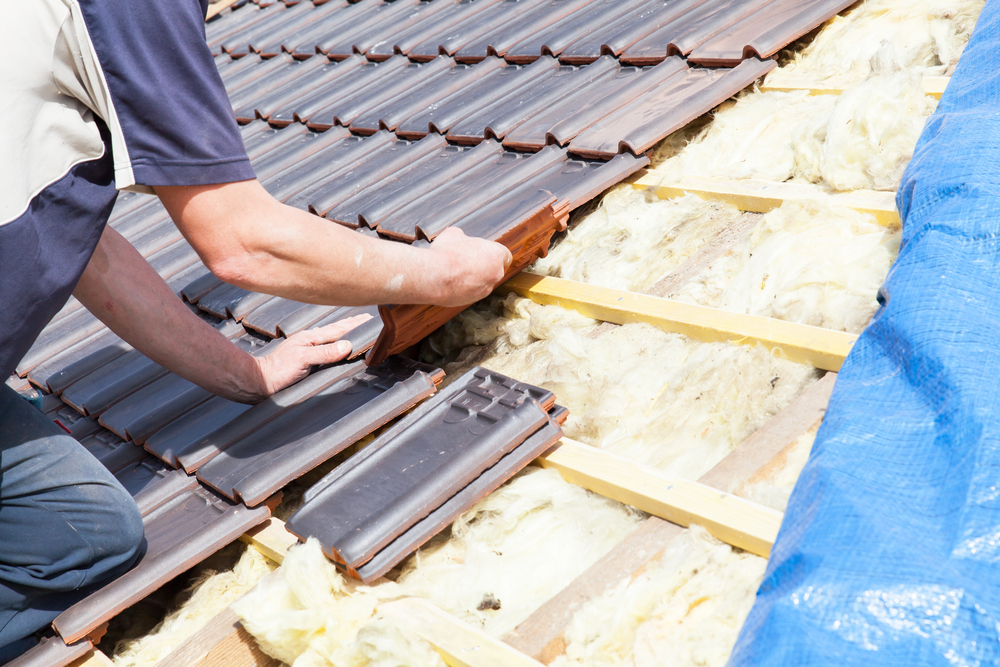
Taking Preventative Measures
Preventative measures are essential when it comes to avoiding roofing emergencies. Regular inspection of the roof is necessary in order to identify any potential hazards or weaknesses before they become an issue and cause a breakdown in service.
Taking steps such as regularly inspecting for loose shingles, checking the gutters for blockages, and ensuring that all flashing is firmly secured can help keep a roof healthy and decrease the chance of emergency repairs. Additionally, using professional services to inspect roofs on a regular basis can greatly reduce the likelihood of unexpected damage occurring due to wear and tear or other unseen issues.
Regular maintenance should also be considered in order to ensure that minor problems do not escalate into major ones over time. This includes cleaning debris from valleys, repairing cracked caulk around chimneys and vents, sealing exposed nail heads and replacing missing shingles as soon as possible after noticing them.
Even small amounts of damage left unattended could quickly turn into a large-scale disaster if ignored for too long. By taking preventative measures like those outlined above, homeowners can avoid costly repair bills down the line by catching small problems early on before they have the opportunity to worsen significantly.
Making A Comprehensive Repair Plan
When it comes to roofing emergencies, quick action is required in order to prevent further damage and maintain the integrity of the structure. However, it is also important that a comprehensive repair plan be made in order to ensure safe and efficient repairs.
This plan should include consideration of which materials are most suitable for the job, as well as how much money will need to be allocated for the necessary work. When choosing materials, several factors must be taken into account such as the type of roofing system currently installed, the climate of the area, local building codes, and any other applicable regulations.
It may also be beneficial to consult with experienced professionals who can provide advice on which products are best suited for particular jobs and last longer than others.
Furthermore, when planning budget considerations need to take place regarding labor costs associated with installation processes, equipment needed for repairs or replacements, permit fees (if necessary), disposal fees (if any) and any additional items that may require purchasing throughout the project. Once all these elements have been factored in then a reliable estimate of cost can be established enabling homeowners to make informed decisions about their emergency roof repair needs.

